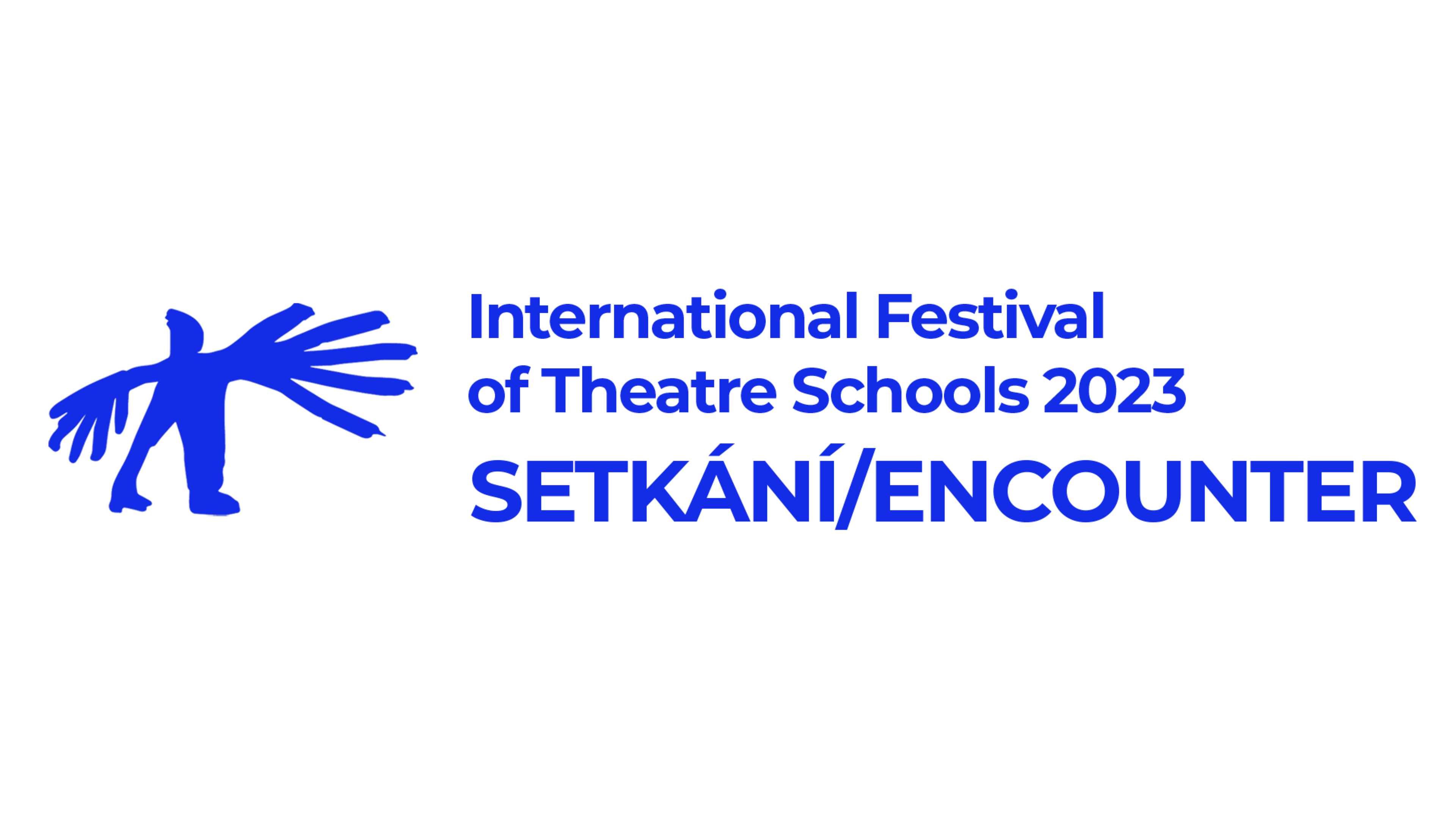
What the F*ck Are We Doing Here?
Sneezing. Coughing. Yawning. When does it start? The hall is dark, and the murmurs of the expectant crowd can be heard. Where to begin? What topic to choose first? Where to find the point of our existence. Is it here and now, or there and later? Right from the beginning of the performance, the audience can ponder the futility of the actions, words, and movements of the actors. To proceed without reflection.
“Not Found” is not an entirely typical performance with a complex storyline that forces the audience to contemplate their existence. It’s quite the opposite. It’s a declaration by Swiss students from the Academy Dimitri, made up of a balance of humour and calm, then serious moments. They don’t shy away from dangerous themes, but such themes are either hidden behind a grotesque component or not heavily emphasized. There’s a certain irony embedded in the dialogues, pointing out the emptiness of sentences, words, and questions. The absence of subtitles wasn’t an issue because most of the play is in English. This forced the audience to listen more, as in some parts, the actors weren’t entirely audible to the back rows. However, this didn’t interfere with the message of the young men. They switched to other languages in states of strong emotion, such as fear or aggression. In all parts of this performance, it’s possible to find comedic elements with a serious subtext, the meaning of which can be deciphered in recurring motifs. There was also clever interaction with the audience, adding humour to the performance and escalating to unabashedly awkward moments.
The entire 50-minute performance takes place in a space filled with objects, furniture, technology, and clothing. Despite the cluttered appearance of the space, it’s possible to observe thoughtful work with props: their movement, their use as expressive means or as a tool. The actors also used their bodies and voices as tools. It was easier to read the body language than to decode the meaning behind the repetitive phrases. Lighting and music were produced directly on stage, and the actors allowed the audience to see behind the scenes. Costumes were often changed throughout the performance. Actors worked with several layers of clothing, as well as nudity, which in certain moments added a masculine or fragile subtext.
The performers worked excellently with finely tuned movement. They used dance not only as an entertaining component but also to manifest their emotions. The rhythm, which they also worked with from the beginning of the performance, helped them maintain a great pace until the end of the show, including a witty conclusion. They were concentrated every second of the performance, and their minds were one hundred percent present at the moment, thus retaining the audience’s attention throughout the performance.


